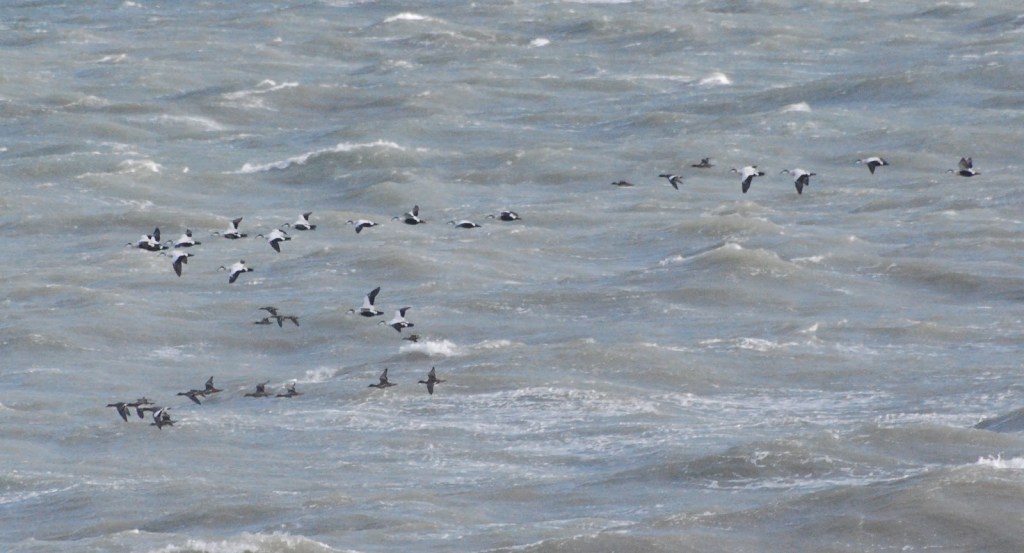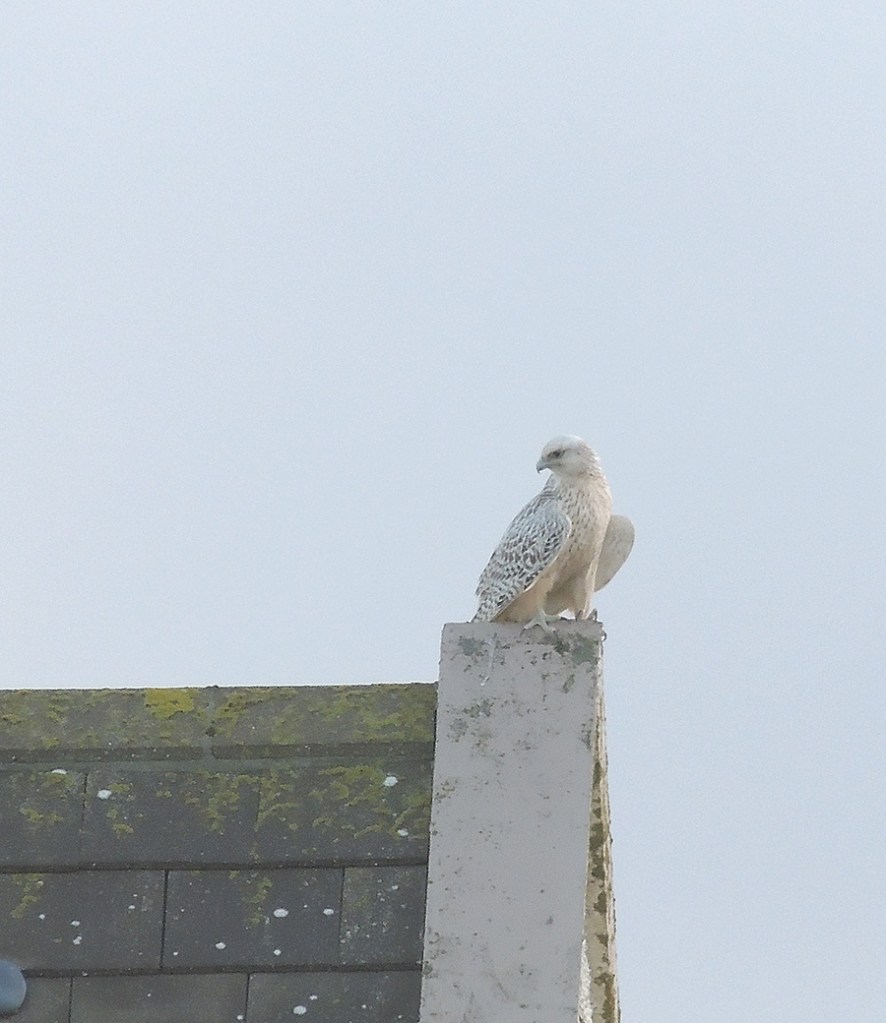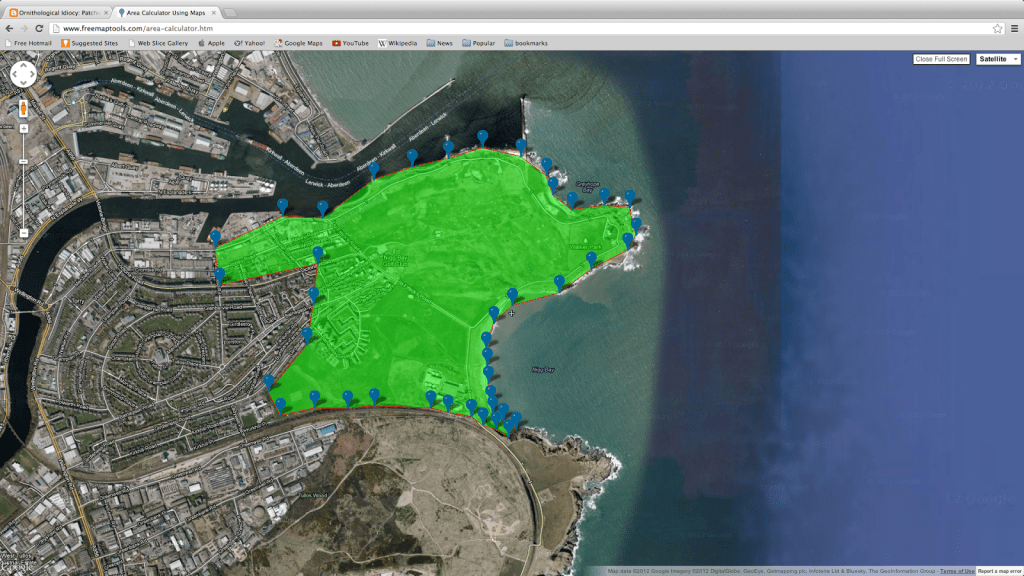By James Spencer
Early this autumn, I was having a “work” conversation with Mark Lewis and mentioned it was ten years since the first edition of Patchwork Challenge, and before I’d even finished the sentence I knew: despite the lack of visuals, the glint in his eye was obvious. Mark is a born patcher, one of the originators, founders and fathers of Patchwork Challenge. He along with Ryan Irvine came up with the idea, built as a hybrid of the infamous Golden Mallard competition and 3square challenge, cooked up whilst eating in a particularly dreary Pizza Express, somewhere in the environs of Peterborough. And now it is coming back for 2023.

Patchwork Challenge was, in essence, a competition with yourself to see how many birds you could find within an area of your choosing. No two areas were the same* which made direct comparison somewhat meaningless, so a more nuanced approach based upon comparative scoring was taken. Comparative scores were a mean of the three previous years of competition, set as a target. So in theory this placed both Spurn and Spalding on a level playing field with your score being a percentage of your target. This wasn’t originally how it was done but we quickly discovered that patchers effort levels increased manyfold when in competition and any out of competition targets were meaningless. Raw scores were kept too as people wanted to compete on that level despite the inequalities.

Autumn seaducks at Hemsby (Ryan Irvine)
To group people together, crude geographic minileagues were set up, which led to some surprise when Lincolnshire found it was in East Anglia. Coastal and inland patches were separated and, as the years ticked over, islands were removed from their respective leagues and grouped together. An Under-25s minileague was created to go with the revival of youth birding thanks to social media. None of the original Next Generation Birders would qualify for that bracket these days. Pride was taken by the admin team in the contribution to science with a significant number of records generated for Birdtrack coming from PWC (I think it was 9% of all records at one point).

Black Stork at Nantyffyllon (Paul Parsons)
It’s now apparent that Patchwork Challenge caught the low-carbon zeitgeist. Twitching was falling from grace, people understood that generating carbon was harmful and wanted something else to turn to. To me, at the time, patching was a bit aimless. In theory Barmston was my patch but in reality I went to Flamborough more often, despite taking twice as long to get there. My approach was scattergun, and I didn’t know what I wanted to achieve. Patchwork Challenge codified the finding of birds in a way that hadn’t happened before and allied that with a low-carbon ethos. The Green League was created for those that went birding on their patch without an internal combustion engine being involved. It was very popular. I am not a green patcher. I wish I was but the lure of the coast, 8 miles from home is too much in comparison to the relatively staid birding on foot from my house. That return trip however generates less carbon than a day of going from place to place along the coast, and the joy of discovering my own space to go birdwatching with purpose has made the last ten years an epic voyage. Thousands of swifts screaming through the early morning air in June, the ‘shreeep’ of a Richard’s pipit as it bounded away from my size 9 boots along the edge of the marsh, and the thrill of a Cory’s shearwater lazily cutting over the waves in high summer. I’m not a very good birder, not by the standards of some but I love the thrill of the chase, the occasional reward and watching the seasons turn, all the while there is something new to see. Last month, I recorded my first bottlenose dolphins hunting herring in Bridlington Bay, and I was able to share this with some holiday makers. My second ever visit, before I lived in the area, had hundreds of twite present by the car park, a short-eared owl quartering the marsh and a rough-legged buzzard coming in off the sea. I still haven’t seen another on patch. Of course, most days aren’t special but it is those life-affirming ‘it’s on!’ moments you live for as a patcher. Allied with the occasional thrills, getting to know the rhythms of your patch, where and when the interesting species are found, and the subtle changes over time give a sense of ownership and connection to your own slice of birding heaven. Both of these facets keep you coming back, day-after-day, week-after-week, and year-after-year.

Gyrfalcon at Askernish – the first PWC rarity (Ian Thompson / Yvonne Benting)
So yeah, I got a bit carried away there. Coming back to the early autumn conversation with Mark, the glint, it was evident. He spoke fondly and we joked about bringing it back. I should clarify, I was roped in by Mark and Ryan in September 2013, when Patchwork Challenge was entering its first autumn and I was an enthusiastic adopter, and a regular twitter user. They were bombarded by queries and needed someone to help with the writing burden so I was in. Back to the present day and we mused with Ryan about a revival but only if it was wanted AND was low effort. The juices flowed—we didn’t want to write like we did in 2013 but the whole thing needed engagement. Patchwork Challenge died due to automation. In order to reduce the amount of data management we got help creating a website that did all the management for us but it meant a disconnect with what was going on and, little did we know in 2017, that was effectively that for the competition. It limped on with a few dedicated users continuing but none of the original admin team remained involved and the website ceased functioning this year. Jobs, children, birding, and disaffection all led to folk stepping away. How are we going to have a functioning competition without putting lots of effort in? Well, we have decided to stream the scores. This saves much writing and we will be having an open access scorecard (that we back up regularly!!). A few filters and an hour of chat on a YouTube channel will save many hours of writing and formatting.

Mark’s Girdle Ness Patch
All these words and I’ve told our story but I haven’t told you what you do in the challenge and how to take part! First of all, do you like finding birds? If so then go to https://twitter.com/PatchBirding and read the pinned post thread. Work out where you would like to find these birds and map out a patch that is 3 square kilometres. We aren’t the fun police but as with the local birding ethos, we would prefer people went for a patch, not a network of patches. Common birds are worth 1 point and mega birds are worth 5 points with species on a sliding scale. Scarce, rare and mega birds trigger find bonuses which are explained on the twitter thread. Register on the registration sheet, download the scoresheet and then let us know how you get on via social media. There is a twitter hashtag #PWC2023 and a facebook group which is reawakening after several quiet years. Update your score about once a month on the registration sheet and tell us about your finds, and your non-bird highlights. Contribute to citizen science by using BirdTrack or eBird and either will tell you about your birding, the timing of occurrence, the effort you put in and the rewards you get out. Show us photos, send us emails and enjoy it. Birding is, after all, about enjoyment.
*ok, some people literally choose the same patch and then, yes, their areas are the same and they are directly comparable.
Featured image: Sandwich and Foster’s terns, Barna, North Galway Bay, by Cathal Forkan.


I’m not sure whether Mark or Ryan ever came across it so not wanting to contradict James here, they may have independently thought up the idea but there was a Northumberland Local Patch League that pre-dates the national one running between 1999 and 2002 that involved between 15-20 local patches in the county.
Hi Alan, thanks for the comment. I think there were several similar things but having liaised with Mark and Ryan, neither were aware of the Northumberland competition.